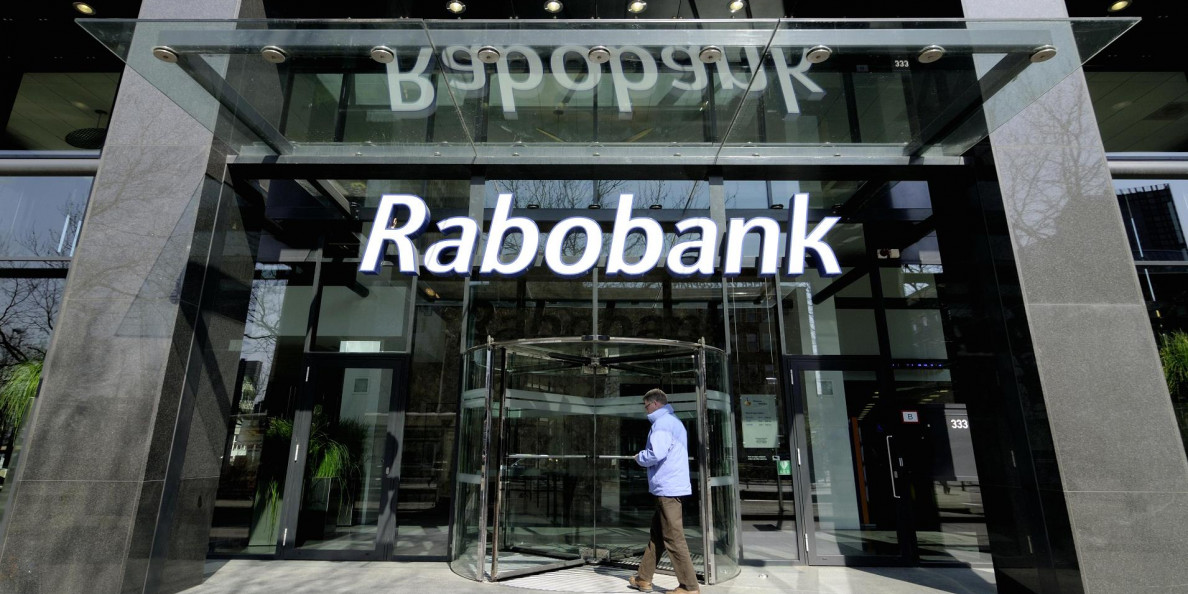Cotton prices look set to remain strong, and volatile, for some months yet, Rabobank said – although a forecast of price falls in the second half of 2018 was contested by another commentator.
The bank said that strength in cotton prices, which have hit eight-month highs in New York, “in the short term… will remain”, supported by the high level of so-called “on-call” sales – that is, fibre purchased by mills for pricing later against futures values.
The net level of on-calls sales, at more than 128,000 contracts as of January 5, reached its highest level since 2008, in an indication of mills expecting lower cotton prices ahead.
But with the bulk of the on-call sales held against nearby contracts - and requiring price fixing at the latest against July futures, the last old-crop lot – the strategy has left mills vulnerable to a squeeze by funds.
‘Particularly volatile and unpredictable’
“With such a vast amount of contracts needing to be fixed, funds have bought heavily in an attempt to squeeze the market higher,” Rabobank analyst Charles Clack said, adding that such a strategy “makes for a particularly volatile and unpredictable market”.
The dynamics, which have driven prices up 18% in nine weeks, mean that the market “is now longer trading fundamentals” and left futures at a “precarious position”.
However, values, and volatility, look likely to stay elevated for now as under current conditions mills will remain reluctant to fix prices, and “there is also little incentive for funds to exit their long positions”.
The tipping point for the market may come in July, when mills will be forced to fix, giving funds cause to sell up.
“This will cause significant volatility and ultimately a considerable downward move prior to first notice day for July futures,” on June 25, the start of the expiry process.
‘Fairly bearish fundamentals’
Higher prices “are not expected to last” past this showdown, Mr Clack said, noting the potential for “some fairly bearish fundamentals” in the cotton market in the second half of 2018, with the prospect of the current high prices lifting sowings.
“Additional US acreage is almost a given if cotton prices remain above mid-70 cents a pound through April,” he said, saying that the cotton price outlook was “bearish from these current levels”.
Indeed, Farm Futures on Thursday unveiled results of a survey showing that farmers intend to plant 13.2m acres with cotton for the 2018 harvest, a rise of 5.0% year on year, and the largest area in 12 years.
La Nina factor
However, at Georgia-based McCleskey Cotton, Ron Lee urged caution against assuming acreage rises will translate into production increases.
“Yes, we are all but assured to see an increase in cotton acreage in 2018,” he said.
“But do not lose sight on the fact that it has not rained in West Texas in more than 90 days.”
Unless the ongoing La Nina weather pattern, which has a history of bringing dryness to the southern US Plains, recedes, “odds favour a warmer, drier bias for virtually all of the US cotton belt.
“Remember, almost half of our cotton is now grown in West Texas and Oklahoma, not exactly areas known for greenhouse conditions,” he said.
‘Demand-driven bull market’
Mr Lee added that on-call positioning was not the only cause for bullishness in cotton futures, noting too talk that Indian shippers have cancelled 400,000 bales of exports “as it was suddenly more profitable to sell those bales domestically.
“Is it a sign that cotton in India is even more scarce than currently thought?”
Noting too strong US export sales, and “the fact that for the first time in probably a decade, cotton seems to have the upper hand to synthetics”, prices of which are being buoyed by firmer oil values and environmental clampdowns in China, “and it’s hard not to get excited about cotton’s prospects for the foreseeable future.
“This continues to be a demand-driven bull market, and those are certainly the best kind.”


